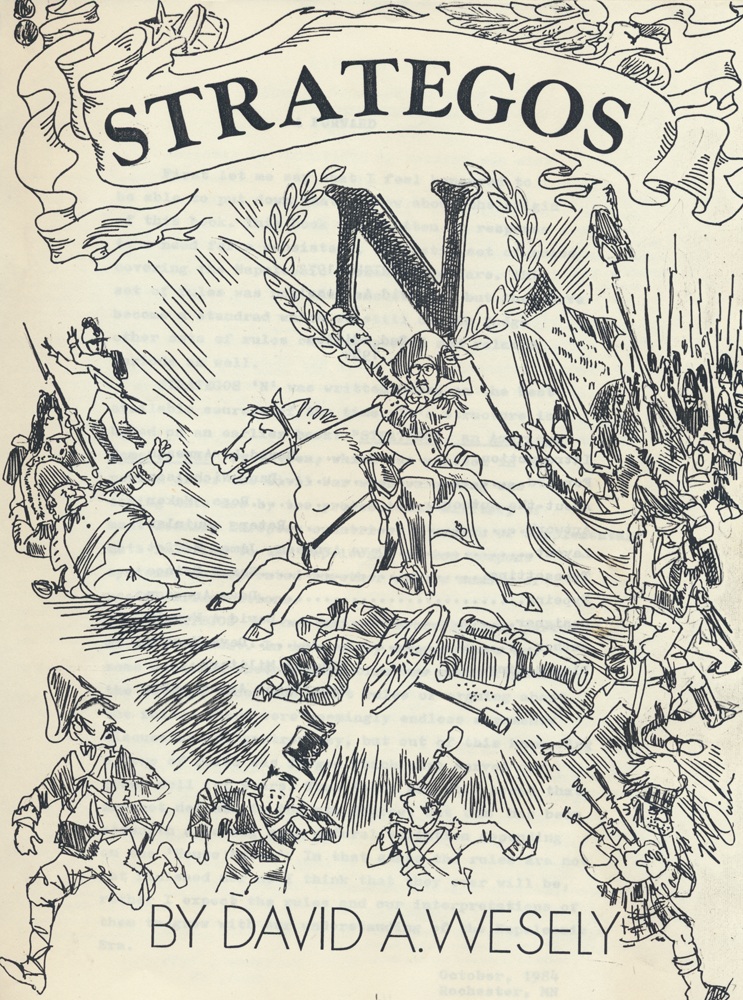
The Forgotten Realms suffer cataclysms to explain why the world changes from one edition of D&D to the next.
This means that the transitions between editions are canonical in the setting.
Therefore, if you run a time travel scenario in Faerun, you must swap the edition you’re using as you go backwards into the past.
Do you redesign the PCs for the previous edition? If so, then they adapt to the time period.
Or do you just use their current stats and try to interpret them through the lens of the previous edition? They’re out of place in time. What does that feel like to the characters?
And how do the jagged edges resolve? There are no rules for using Hit Dice to recover hit points in 1st Edition, so can 5th Edition characters even heal in the 14th century? Can 4th Edition clerics (with spells that trigger the target’s Hit Dice) heal NPCs back then?
If you go far enough back in Faerunian history, though, things start getting really weird: You blow past the OD&D singularity and find yourself in an epoch of history ungoverned by the rules of any roleplaying game.
 History books make it sound like the world was a fully functioning place, but that’s just a facade of narrative. In reality, the people of this epoch are rote automatons merely simulating the actions of a civilization. They are little different from a colony of ants or a hive of termites.
History books make it sound like the world was a fully functioning place, but that’s just a facade of narrative. In reality, the people of this epoch are rote automatons merely simulating the actions of a civilization. They are little different from a colony of ants or a hive of termites.
The only people possessed of a semblance of sentience are those leading military operations, for the world is governed by the the rules of Strategos N.
Does this work both ways? Are the PCs beacons of sentience causing automatons to flock to their presence, becoming military leaders by default?
Or is it the opposite? The PCs find their free will draining away and must either escape this epoch or attract an army of followers in order to grant themselves sentience?
Even further back, the rules become cruder yet. The terrain itself seems to lose cohesion, as it were built of molded sand. The economies of civilizations are no longer modeled, and the world becomes a gray veil of nonentity except for the bright beacons of meaningless wars.












lol
Yes your right in theory…and no in my campaign I don’t worry about the various issues with converting AD&D to 3.5 or any other version of the published books.
We use one set of rules that everyone agrees on and has access to other wise people start to take average of some of the over powered items / rules.
Like in Order of the Stick!
Except OOTS never returned to that joke; we know the world went from 3.0e to 3.5e, but I’m not sure if the flashbacks were in 3.0e or 3.5e, or if the history of the world was updated at the same time. Any 4e or 5e conversion is in a hypothetical future 🙂
For those of you interested, there was, in point of fact, an entire boxed set in 2nd Edition that deals with the ancient magic from “before OD&D” – Netheril: Empire of Magic. It actually, factually offers an alternative magic system that is different from the usual Vancian system of the rest of D&D (including spells higher than 9th level), as well as a system where everyone can learn a form of cantrip (based on everyone’s Int score). The box set even goes directly into the ramifications of traveling back in time to the era presented.
I get that this article was meant as a joke. But interestingly enough, there are a number of supplements in certain game settings that actually DO deal with the topic of how things worked in ancient times. (In fact, Forgotten Realms, as of 3rd edition, indicates in a few places that the way sorcerers and other things work in that edition is closer to how they worked in ancient times. It’s basically been all but made official, for example, that 3rd Edition Eberron artificers are perfect stand-ins for the Imaskari artificers, with little or no change. This is especially important as a justification for why there’s so many damned magic items scattered about in ancient places.)
I know, I know, this article was just a dumb joke and all, but seriously, if anyone is interested, there’s a lot of juicy lore about FR that a lot of folks don’t really get into much…
Better question, if your clerics god doesn’t exist are they still a cleric? If so what God do they get their powers from? If not what class do they revert to and in what edition?
@Jack V.: IIRC the prequel On the Origin of PCs used the original models.
We actually had something like this happen to our group once. We went far enough back into prehistory that the Realms, and time and space, did not exist. Only the gods were there. We had to change prehistory so that one of the gods (I think Tempus. Does that sound rightÉ) lacked some power that he mis-used in our time. How were we going to do thisÉ The GM brought out a copy of Snits Revenge.
This reminds me of a computer game I saw on GOG where you advance through different eras in the history of computer graphics as the game progresses.
Hmm, would it be feasible to extend this into the Planescape via the existence of other planes in FR? And from there make the jump into non-D20 systems and game worlds (to then do additional time/edition-travel there)?
And yes, I want a D&D / WoD crossover to justify buying the McWoD book! 😀